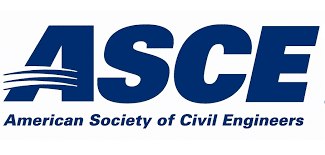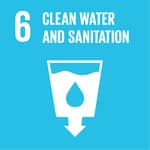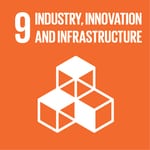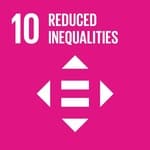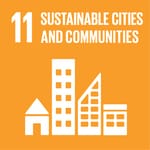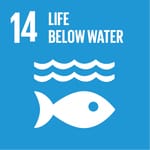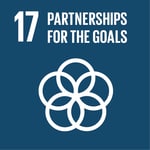It is a provider of technical and professional conferences and continuing education, publishing civil engineering content, and being an authoritative source for codes and standards that protect the public. One of its key goals is to make sure that all infrastructure is safe, resilient, and sustainable as “civil engineers have a moral obligation to preserve the limited resources and sustain this planet we call home”. It’s committed to planning, designing, constructing, and operating the built environment while protecting and restoring the natural environment and represents more than 150,000 members of the civil engineers in 177 countries. It also holds conferences and events throughout the year, e.g., the 2020 Utility Engineering & Surveying Institute Pipelines, a virtual program inquiring into matters such as: handling entrapped air/gas in water/wastewater, emerging technologies, and corrosion control.
Programs:
It manages nine technical institutes and offers many professional and public-focused programs:
- Architectural Engineering
- Construction
- Environmental and Water Resources
- Structural Engineering
- Utility Engineering and Survey
It also offers engineering certification via its academies in: (a) Water Resources, (b) Costal, Ocean, Port and Navigation, and (c) Geo-Technical professionalism.
Topics:
It has information on a number of topics that affects the civil engineers’ work.
76 Sections, 160 Branches, 302 Student Chapters, and 130 Younger Member Groups are housed under ASCE’s umbrella.
Publications:
- Books
- Codes & Standards
- Journals
- News Releases
- Policy Statements
- Proceedings
- Videos
- Contract Documents
Note: All over the world, it’s folks with this sort of expertise who make things work and run. The organization’s financial report seems off given the scope of its activities.

